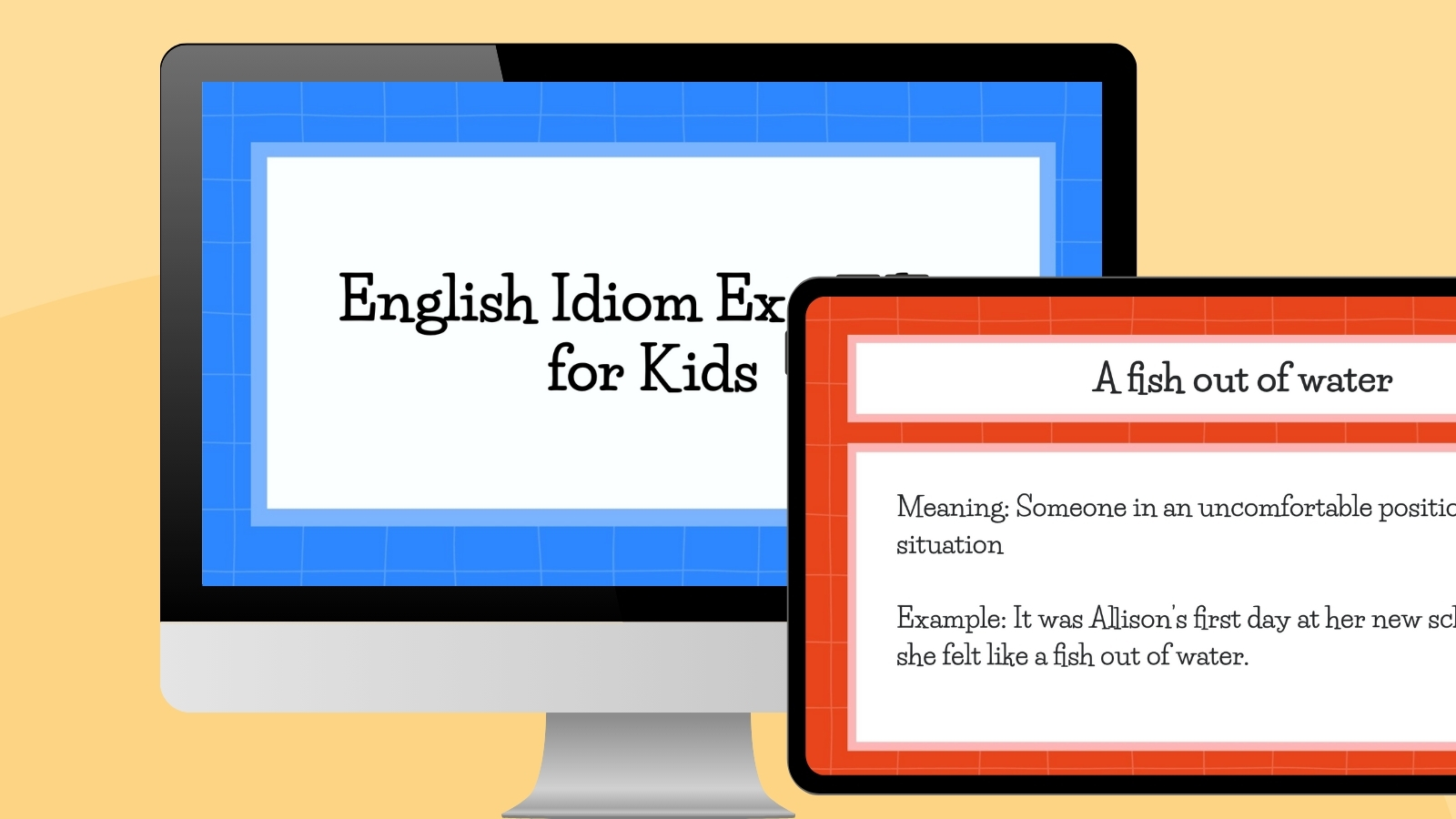 Inside Out
Inside OutThe pop star has returned with a bombastic new song, the first single from her upcoming sixth album, harking back to her origins. But it also chimes with the current musical landscape.
As a general rule, great pop stars set trends, whereas slightly less great pop stars chase them. But Lady Gaga’s supremely satisfying new single Disease, which was released today as the first taster from her upcoming sixth album, highlights a notable exception to his rule. Sometimes great pop stars disregard trends and concentrate on doing what made them great in the first place. The Guardian has hailed Disease as a “return to form and to her classic sound”, while The Independent declared it Gaga’s “best in a long while” because it offers “a potent dose of dungeon-dark electro-pop”.
Clocking in at three minutes and 51 seconds, Disease is unfashionably long for a pop single in the TikTok and streaming era. Today’s professional songwriters are acutely aware that shorter tracks are less likely to be skipped on Spotify – something the platform’s algorithm is primed to pick up on – and more likely to be synced with slick video content on TikTok. For this reason, there’s a real sense of shoulder-shrugging confidence to Disease, a song that makes no attempt whatsoever to rein itself in. Really, who wants Lady Gaga, an artist who built her name on avant garde fashion choices and truly audacious performances, to behave like everyone else?
Actually, Disease’s appeal is predicated on the way it harks back to the dark, dazzlingly maximalist singles with which Gaga made her name in the late 2000s and early 2010s. With its bombastic chorus, simple but effective vocal hooks (ah-ah!) and melodramatic lyrics about love’s healing potential – “I can smell your sickness, I can cure ya, cure your disease,” Gaga sings on the chorus – it’s a welcome reminder that she stormed the mainstream by making music that was catchy and freaky in equal measure.
More specifically, it recalls the infectiously feral take on dance-pop that she minted on 2008’s The Fame Monster, a reissue of her debut album The Fame that was released as a standalone eight-track EP in certain territories. Those longstanding fans who loved The Fame Monster’s slightly unhinged lead single Bad Romance certainly won’t be immune to Disease’s apocalyptic stomp.
Gaga co-wrote Disease with a pair of Grammy-winning songwriter-producers – Henry “Cirkut” Bell and Andrew Watt, who have individually worked with everyone from The Weeknd to the Rolling Stones – and one less established name: Michael Polansky, her financier fiancé. In a September cover interview with Vogue magazine, Gaga revealed that Polansky had shaped the musical direction of her upcoming album by telling her plainly: “Babe. I love you. You need to make pop music.”
 Alamy
AlamyOn this evidence, Polansky’s advice was spot on. Though Disease is musically something of a throwback, its dramatic, devil-may-care attitude doesn’t feel out of place in the current musical landscape. This year’s hottest pop stars – queer anthem-maker Chappell Roan, pithy punchline merchant Sabrina Carpenter and edgy agenda-setter Charli XCX – have risen to the top by prioritising personality as much as pop hooks. Gaga, a performer playful enough to pull off the lyric “I’m bluffin’ with my muffin” on her 2008 chart-topper Poker Face, has been doing this for her entire career.
At 38, Gaga has crossed the point at which female artists can find their opportunities limited by a toxic combination of misogyny and ageism. Over the summer, this definitely infested Katy Perry’s unsuccessful attempt to regain her early 2010s chart supremacy, though Perry’s comeback was mainly sunk by her substandard material and clumsy attempt to weld an unconvincing feminist message to her album’s disastrous lead single Woman’s World.
But given that she’s currently riding high in the charts with her lovely Bruno Mars duet Die with a Smile, heritage act status doesn’t seem to be beckoning yet. Crucially, because Gaga has never rooted her appeal in trying to be “relatable”, there’s no reason why Gen Z music fans can’t get behind her bold, brilliant brand of pop maximalism alongside her older followers who have been invested from the start. When she sings “I could be your antidote tonight” on Disease, it feels like a statement of intent – Gaga is back, blandness be gone.
Disease is out now and the new album will be released in February







Leave a Reply